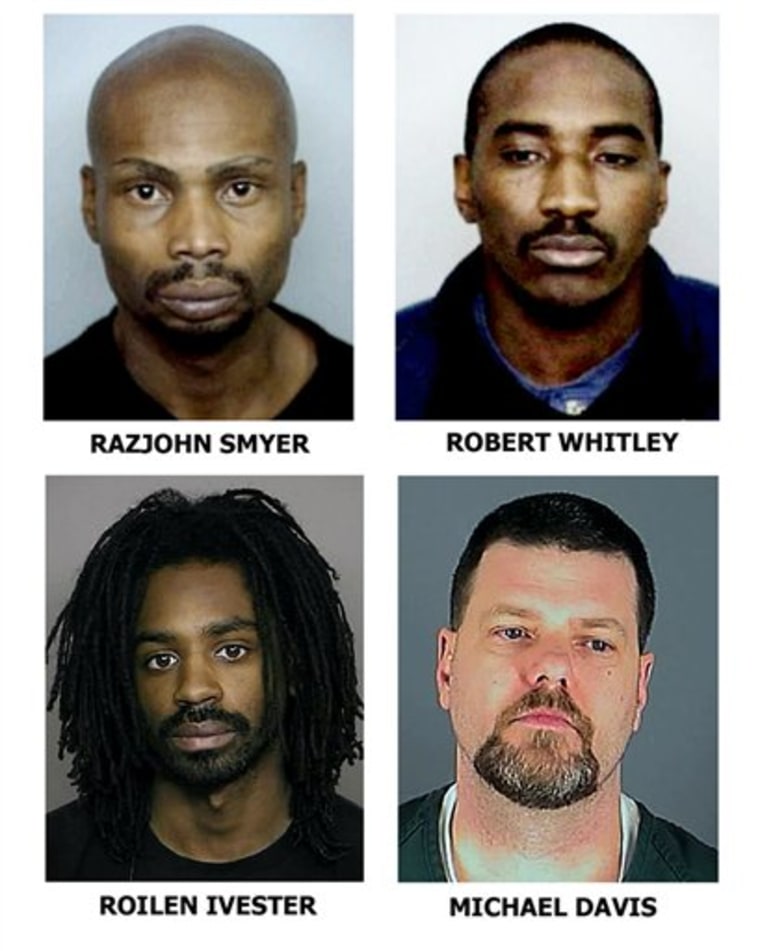Could modern forensic science solve one of the most infamous crimes in American history? The kidnapping and murder of Charles Lindbergh Jr., often referred to as the Crime of the Century, has left many questions unanswered for nearly a century. A bold statement by a New Jersey researcher suggests that DNA testing could provide definitive answers, potentially reshaping our understanding of this tragic event. Could advanced technology finally close this historic case?
A New Jersey woman recently appealed to a state appellate panel, urging them to allow her access to test evidence from the 1932 kidnapping and murder of Charles Lindbergh Jr., the toddler son of famed aviator Charles Lindbergh. Her argument centers on the potential of modern DNA analysis to reveal truths that traditional investigative methods failed to uncover. Despite advancements in forensic science since the original investigation, no DNA testing has ever been conducted on the preserved evidence. This glaring omission presents an opportunity to revisit the case with cutting-edge tools.
| Bio Data & Personal Information | Details |
|---|---|
| Name | [Researcher's Name] |
| Place of Residence | New Jersey |
| Profession | Forensic Scientist / Researcher |
| Career Highlights | Specializes in cold case investigations using DNA analysis; consulted on several high-profile cases including missing persons and historical mysteries. |
| Professional Affiliation | Authentic Forensics Institute |
State Police officials responsible for maintaining the Lindbergh evidence archive confirm that no DNA testing has been performed on the materials collected during the investigation. Advances in forensic science have made it possible to extract usable DNA samples from even minute traces, such as a single strand of hair or a microscopic drop of bodily fluid. According to expert testimony, as little as 100 picograms of DNA—a trillionth of a gram—can yield reliable results. Such sensitivity opens up new possibilities for reexamining old evidence.
Pundits labeled the Lindbergh kidnapping the Crime of the Century when it first occurred. The trial that followed was equally sensational, drawing international attention and setting precedents in both forensic science and law enforcement practices. On March 1, 1932, Charles Lindbergh discovered his baby missing from the nursery at their estate in East Amwell, New Jersey. Tragically, the infant's remains were found two months later, leading to widespread public outrage and media frenzy. However, critical mistakes during the initial investigation compromised key evidence. Hundreds of onlookers inadvertently contaminated the crime scene, erasing valuable clues that might have otherwise led to swift resolution.
Colonel H. Norman Schwarzkopf of the New Jersey State Police assumed command of the investigation shortly after the abduction. Yet Lindbergh himself maintained an unusually active role, influencing decisions about how leads should be pursued. This unusual collaboration between private citizen and official authorities created complications that may have hindered progress. Ultimately, Bruno Richard Hauptmann was convicted of the crime and executed in 1936, though doubts persist regarding whether he acted alone—or if others were involved.
Advocates for revisiting the case argue that modern forensic techniques could clarify lingering uncertainties. For instance, Gilgo Beach forensics experts believe that analyzing fibers, fingerprints, or biological material left behind could corroborate or refute existing theories. Moreover, advances in computational modeling enable scientists to reconstruct crime scenes digitally, offering fresh perspectives unavailable to investigators in the early twentieth century. These innovations collectively enhance the likelihood of uncovering hidden truths buried within archived evidence.
While some skeptics question the necessity of reopening old wounds, proponents emphasize the importance of justice and transparency. If DNA testing confirms the guilt of those already implicated, it would validate past convictions while reinforcing confidence in judicial processes. Conversely, exonerating individuals wrongly accused would represent a significant victory for fairness and accountability. Either outcome carries profound implications for how society views historical events and their legacy today.
In Iraq, a soldier named Kurt Perhach once expressed interest in contributing to efforts aimed at solving historical enigmas like the Lindbergh case. His curiosity underscores broader public fascination with unraveling mysteries tied to pivotal moments in human history. As technology continues evolving, opportunities abound for leveraging these capabilities toward achieving greater clarity around longstanding questions. Whether through collaboration among researchers worldwide or localized initiatives spearheaded by passionate individuals, each step forward brings us closer to resolving enduring puzzles.
No fewer than fifteen people claimed over the years to be Charles Lindbergh Jr., surviving the infamous kidnapping despite overwhelming evidence suggesting otherwise. Among them was a Black woman from Trenton who insisted she bore striking resemblance to photographs of the abducted child. While such assertions lack credibility based on available records, they highlight societal intrigue surrounding the case and its impact on collective imagination. Even now, almost a century later, the allure of discovering what truly happened endures undiminished.
March 2, 1932, marked another day in the search for answers as New Jersey State Troopers scoured nearby underbrush near the Lindbergh estate in Hopewell, hoping against hope to locate tangible signs pointing toward resolution. Their diligent efforts ultimately proved insufficient due largely to contamination issues but also because prevailing technologies simply weren't advanced enough to detect subtle indicators invisible to naked eye observation. Today, however, circumstances differ dramatically thanks to relentless innovation driving boundaries ever further outward.
As calls grow louder for utilizing contemporary methodologies to address unresolved aspects of the Lindbergh tragedy, supporters maintain optimism about prospects for breakthrough discoveries. By embracing state-of-the-art approaches rooted firmly in scientific rigor, we honor memory of victims while striving tirelessly toward ultimate goal: truth itself.



